We don’t know what human intelligence is, so how can we even consider what artificial intelligence is?
We talk of AI as if it’s something new to the 21st Century, that’s going to end all humanity, over which we have no control, but which will control us instead. As if it’s a sole all-encompassing actor in our digital age.
But is it really? The majority of people have no idea of what AI is, despite the fact that it’s been around us for many years and that, in fact, it’s something that we can master. We can choose how AI is created, curated and governed, and what it uses as its source of data and information.
An example of AI in action that is around us every day is chatbots. They are, simply put, computer programmes built to have a conversation – either spoken or written - with people. How do they do this? Are these programmes so ‘intelligent’ that they give such human-sounding responses that we can’t tell if we’re talking to a human or not? No. It’s not AI alone that the chatbot relies on. Here’s an explanation.
Bots Require Our Feedback
In 1984, the series The Transformers told the story of two opposing factions of transforming alien robots engaged in a battle with the fate of Earth in the balance. The show was so popular that it was re-released and extended as a TV series and then films in a series, the most recent in 2018.
Why is this relevant to AI? One of the characters in the new series – Bumblebee – loses the power of speech and has to resort to pre-recorded responses. How does Bumblebee select the appropriate response?
He scours radio, TV, films, the internet, selects or ‘mines’ appropriate responses to choose from based on the sequence of words he‘s just heard and wants to respond to. He frequently makes mistakes, often giving entirely inappropriate (and comical) responses.
___
"Human speech is relatively recent, but the process of using predictions and feed-forward mechanisms (which is input from the system to inform future response) – is an essential part of our animal nature."
___
He mines all available responses and chooses what he believes (can a robot believe?), using data science – statistics, crudely put – to produce insights into language and human communication.
But this alone is not enough. Bumblebee needs to be able to make predictions of the most appropriate response; for this he needs to learn patterns – and quickly – if he isn’t to cause distress, misinterpretation or mayhem.
This is machine learning in action – often confused with AI. It’s how chatbots work. Bumblebee uses his system to (statistically) select from a huge pool of data using data science.
Machine learning involves data science and statistics to produce predictions. Bumblebee uses predictions to select the ‘most appropriate’ response.
The statistical outcome is better and the prediction more precise when the data and information pool is large enough. How large is large enough? Statistical analysis tells us.
Bumblebee creates his predictions through feedback (feedback is information about reactions to an input) but he needs other senses to observe other interactions occurring at the same time. This is akin to figuring-out a game by watching the game being played and understanding the rules without being told them in the first place. And doing it very, very quickly.







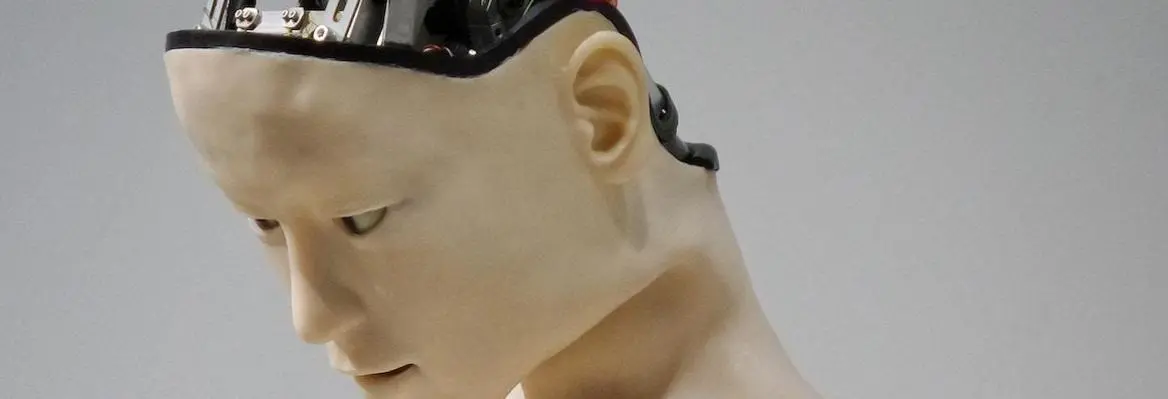




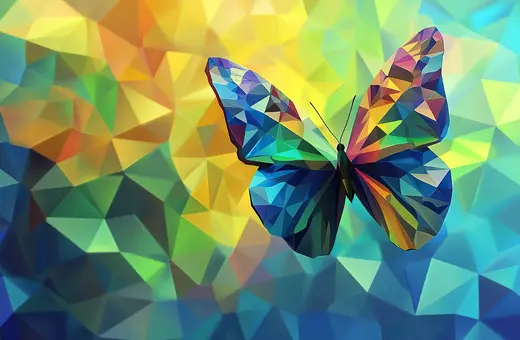
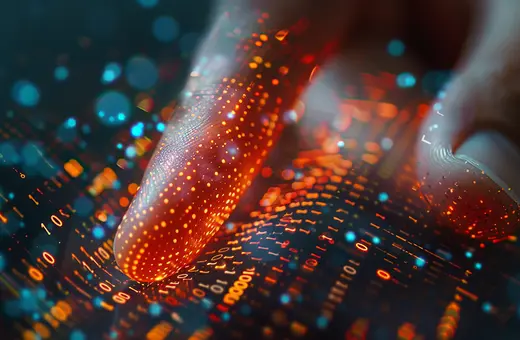
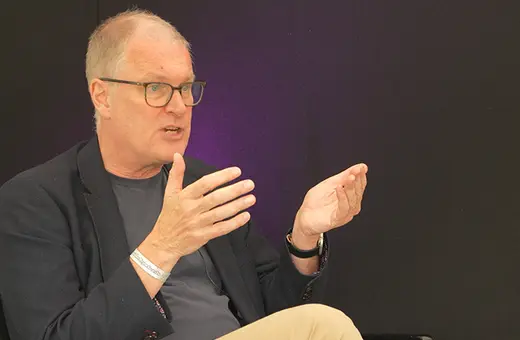

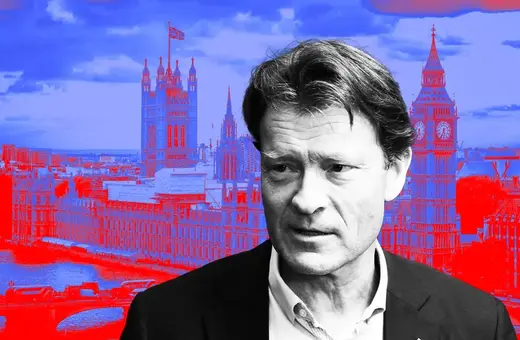


Join the conversation